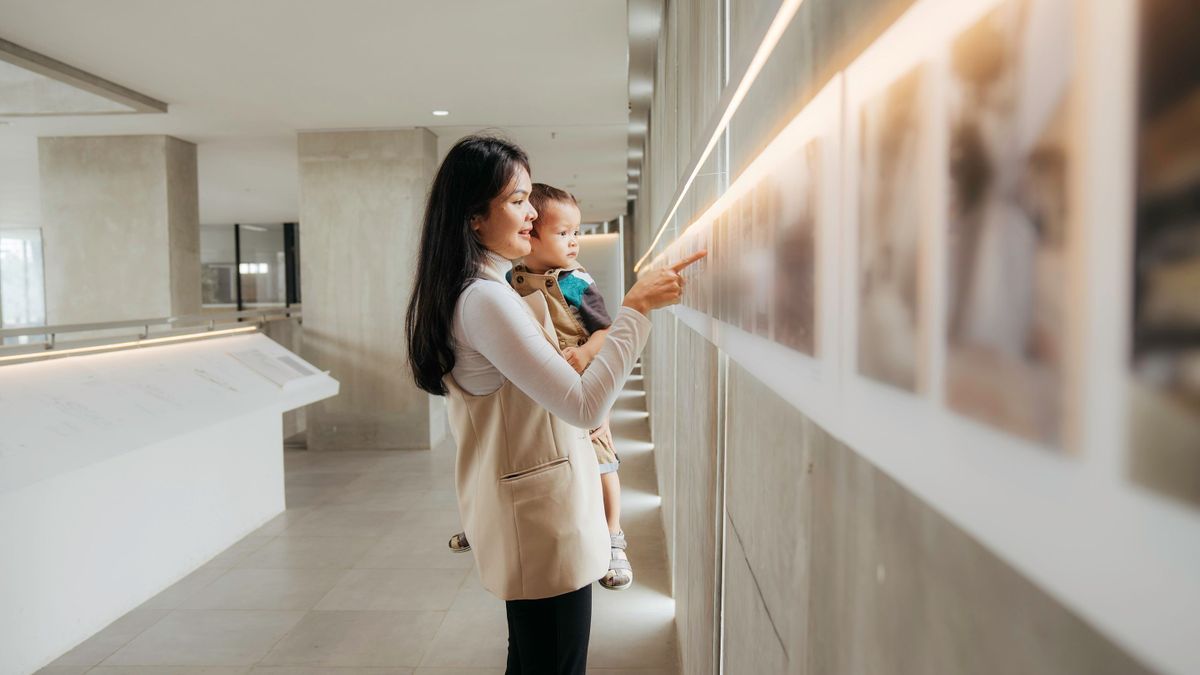
Museums and other players in the cultural sector are increasingly multiplying initiatives aimed at children, but rarely at infants. However, babies show great sensitivity. A new British study, published in the Journal of Vision, even claims that they assert their preferences in terms of art very early on.
To reach this conclusion, researchers from the University of Surrey conducted an experiment with 25 adults and 25 babies aged four to nine months. The latter sat on their parents’ knees while they were shown, on a tablet, 40 landscapes painted by Vincent Van Gogh. The scientists recorded their reactions live to determine which paintings caught their attention the most. The adults participating in the study looked at the same paintings as the toddlers and had to indicate, on the tablet, which ones they preferred.
Tastes often close to those of adults
It turns out that adults and infants have similar artistic tastes. Indeed, the Van Gogh landscapes that the babies looked at the longest were those that their parents preferred. They all had strong contrasts in color and brightness, as well as a large amount of green. The painting that the participants of the study liked the most, of all ages, represents stalks of green corn in the middle of a field, while the one they liked the least depicts an olive grove.
Take your baby to the museum!
However, researchers noticed slight differences between the artistic preferences of babies and those of their elders. One of them concerns the composition of the tables. Infants displayed a preference for Van Gogh landscapes with many curved lines, unlike their parents. This proves that newborns have much more developed visual abilities and preferences than is commonly accepted. “Although newborns’ vision is very blurry, our results show that by the age of four months, babies see well enough to look longer at certain paintings than others, and that they can pay attention to many artistic details“, Professor Anna Franklin, one of the co-authors of the study, told The Independent.
These findings could encourage more parents to take their children to the museum, including younger ones. Art establishments encourage them to do so, by developing courses and activities dedicated to these (very) young aesthetes. Some museums specially designed for them are even seeing the light of day, like the Young V&A in London, which reopened its doors to the public in July after three years of work.
